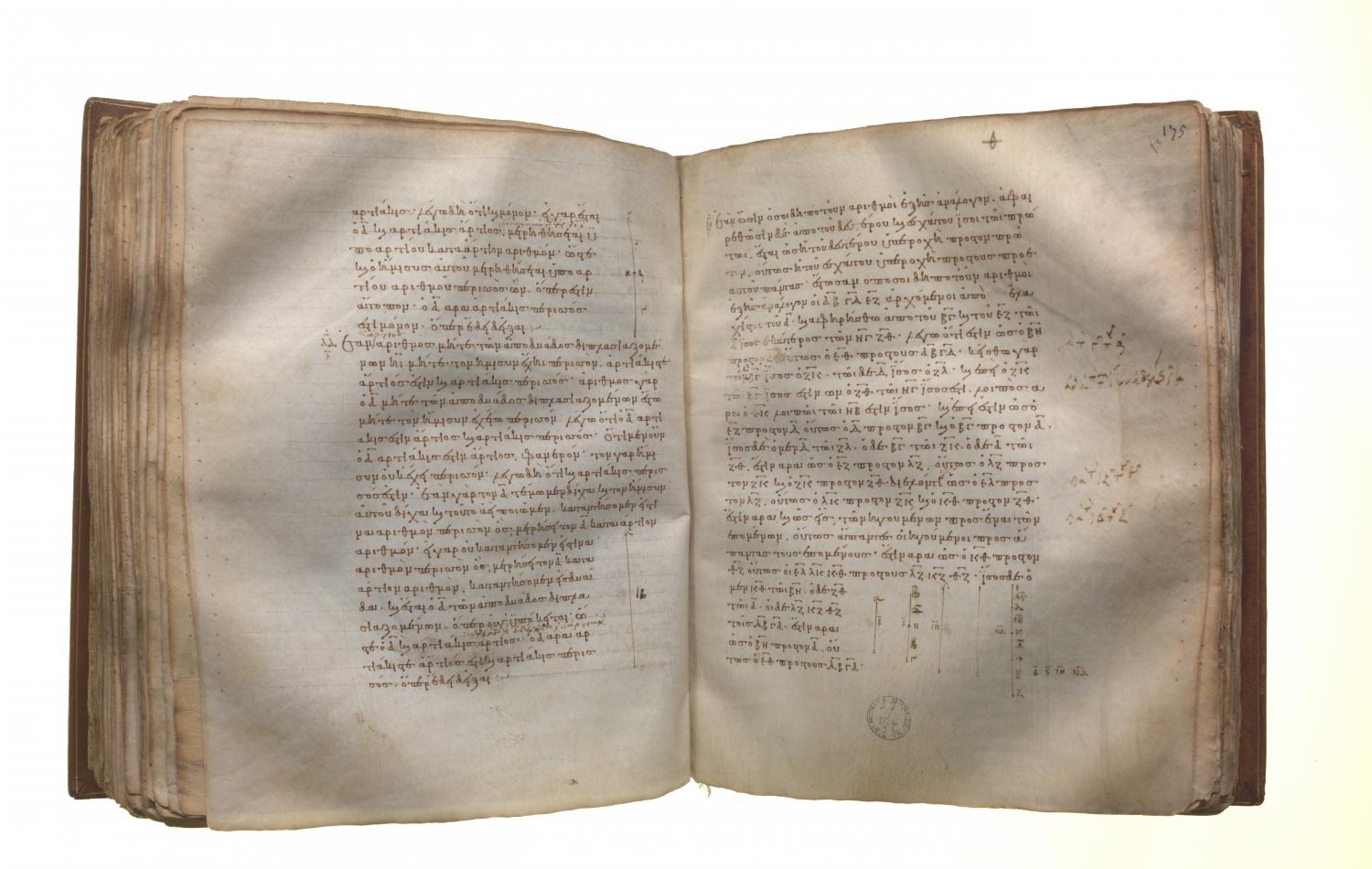Translations
If a number neither be one of those which are continually doubled from a dyad, nor have its half odd, it is both even-times even and even-times odd. For let the number A neither be one of those doubled from a dyad, nor have its half odd; I say that A is both even-times even and even-times odd. Now that A is even-times even is manifest; for it has not its half odd. [VII. Def. 8] I say next that it is also even-times odd. For, if we bisect A, then bisect its half, and do this continually, we shall come upon some odd number which will measure A according to an even number. For, if not, we shall come upon a dyad, and A will be among those which are doubled from a dyad: which is contrary to the hypothesis. Thus A is even-times odd. But it was also proved even-times even.
